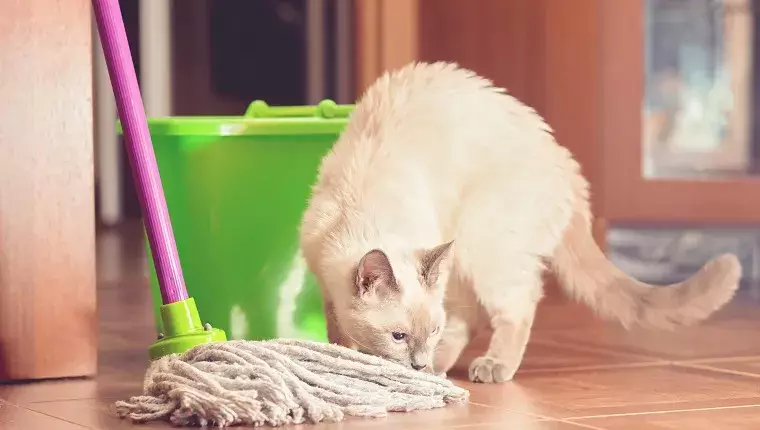Cats are beloved companions, but they come with their unique set of challenges—especially when it comes to litter box issues. Whether due to health problems, behavioral quirks, or just the occasional accident, many cat owners have faced the unfortunate scenario of dealing with cat urine outside the litter box. The pungent smell is not only unpleasant but can also be challenging to eliminate completely. If you’re struggling with these messes, this article will provide effective strategies for cleaning cat urine while preventing your pet from returning to the same spot.
Cat urine is notorious for its enduring odor, primarily because it contains uric acid, which can remain even after traditional cleaning methods. Not only does cat pee leave a noticeable scent, but it can also cause damage to flooring and furnishings. Furthermore, a cat’s keen sense of smell can lead them to return to the same area multiple times if the urine isn’t thoroughly cleaned. Understanding the components of cat urine can help pet owners devise effective cleaning solutions.
The first step when addressing an accident is to act quickly. Blotting the area is paramount—do not rub! Using absorbent materials like paper towels or cloths, gently blot the urine to soak up as much liquid as possible. Rubbing can push the urine deeper into carpets or upholstery, exacerbating the problem. If the smell is particularly overwhelming, consider wearing a mask to make the cleaning process more bearable.
Avoid cleaners that contain ammonia, as they can mimic the smell of cat urine. This can confuse your cat, leading them to believe the area is still a suitable place to relieve themselves.
For those who prefer a more natural approach, a mixture of vinegar and baking soda can work wonders. Combine one part vinegar with three parts warm water and apply it to the affected area. Let it sit for about three minutes before blotting it up. Once the area is dry, you can sprinkle baking soda over the spot, which further neutralizes odors.
A slightly more complex solution involves combining dish soap with hydrogen peroxide. A teaspoon of dish soap mixed with three-quarters of a cup of hydrogen peroxide can be sprinkled over baking soda after the initial cleanup. However, it’s essential to keep in mind that home remedies may not always be 100% effective.
If home remedies aren’t doing the trick, consider investing in an enzymatic cleaner specifically designed to tackle pet urine. These products contain enzymes that break down the uric acid embedded in the urine, effectively neutralizing the odor. When using an enzymatic cleaner, apply it generously to the affected area and let it soak for about 15 minutes. Afterward, blot it up and allow the area to air dry completely. This patience can yield much better results than simply spraying and wiping.
For persistent problems, a wet vacuum can be incredibly helpful. These devices can use a combination of water, cleaner, and suction to pull out dirt and urine that traditional cleaning methods may miss. Ensure you use a pet-specific enzymatic cleaner that’s compatible with your wet vacuum. The efficiency of this combination can significantly reduce the time and effort needed for cleanup.
For those who want to go the extra mile, consider using a black light to locate missed urine spots. Cat urine fluoresces under ultraviolet light, allowing you to identify areas that need more attention, including spots on walls and furniture that might otherwise go unnoticed.
Once the cleaning is complete, preventing future accidents is essential. Regular veterinary checkups can help identify any underlying health issues contributing to litter box avoidance. Additionally, ensuring your cat has access to a clean and comfortable litter box can help encourage appropriate behaviors. Multiple litter boxes may also reduce territorial disputes among multiple pets.
While cat urine can be a significant challenge, there are effective methods to tackle the issue head-on. From immediate spot cleaning to advanced enzymatic solutions, proactive measures can turn a potentially frustrating situation into a manageable one. Share your own tips and experiences in cleaning cat urine to help others navigate this common pet owner dilemma!
